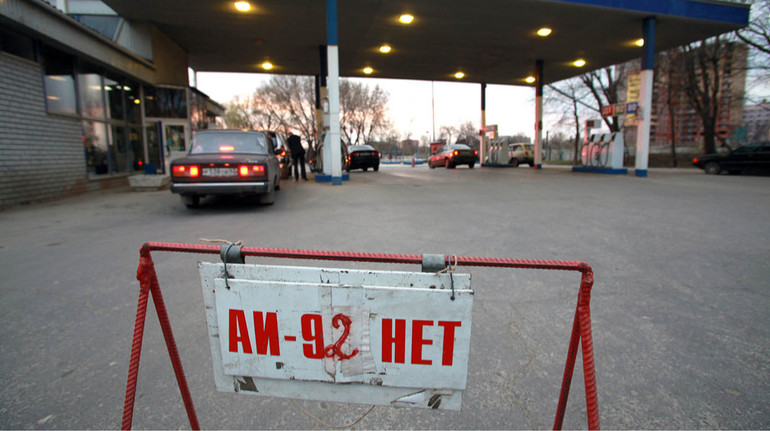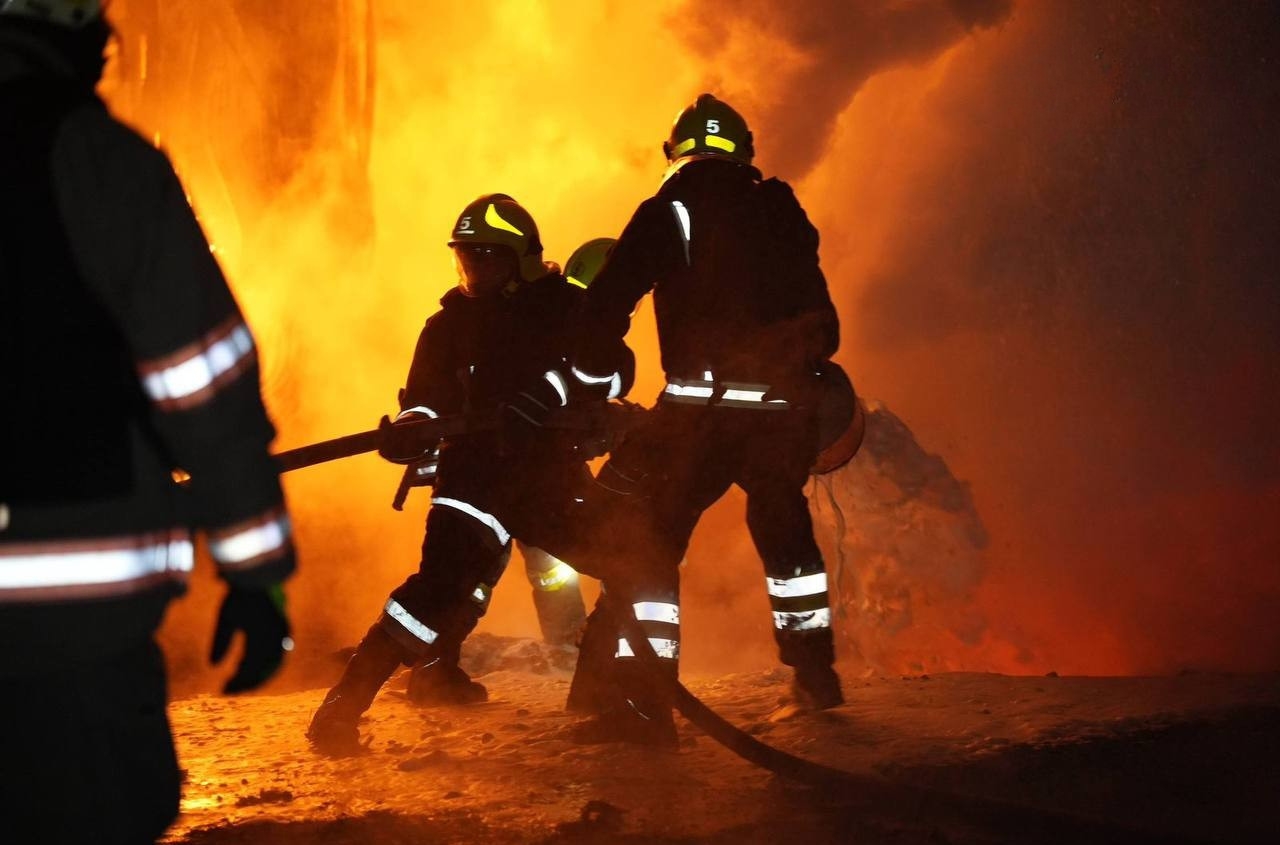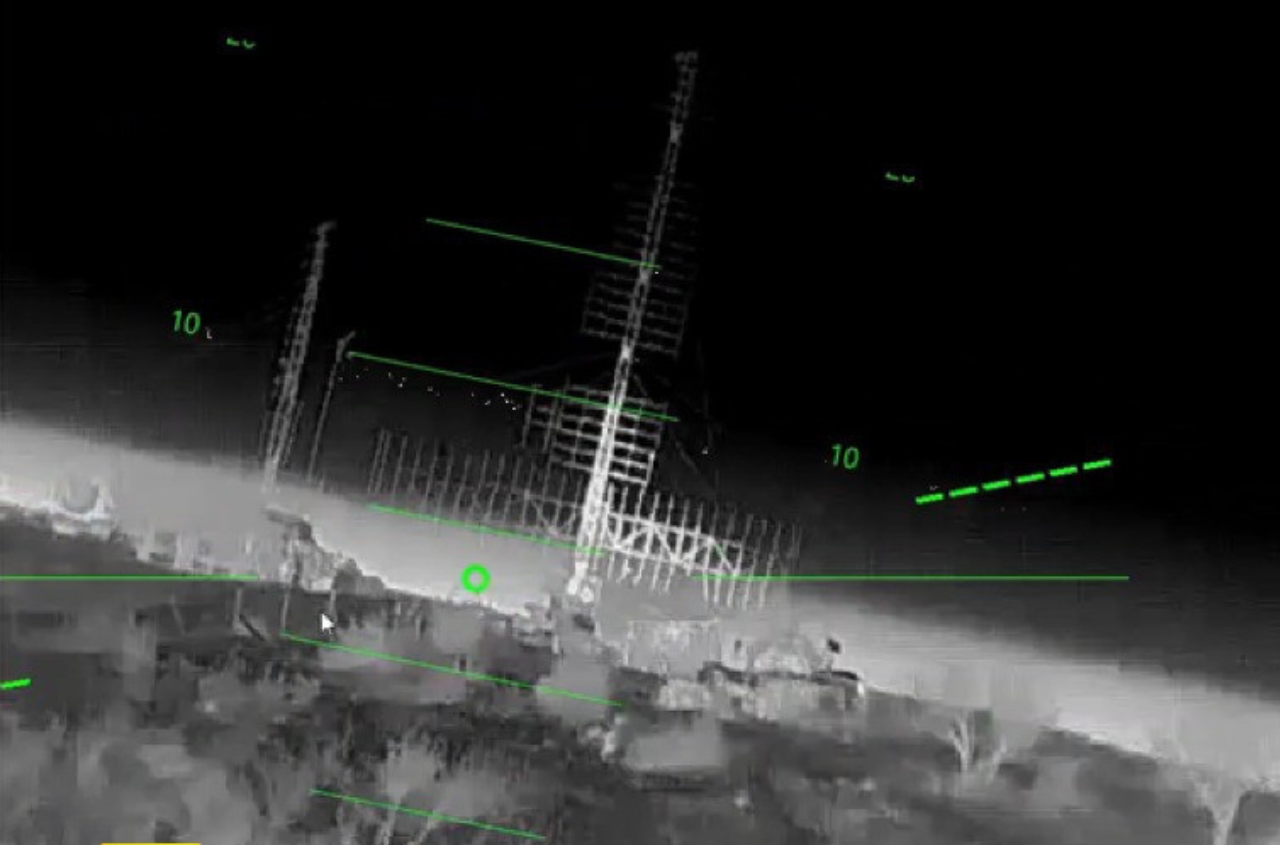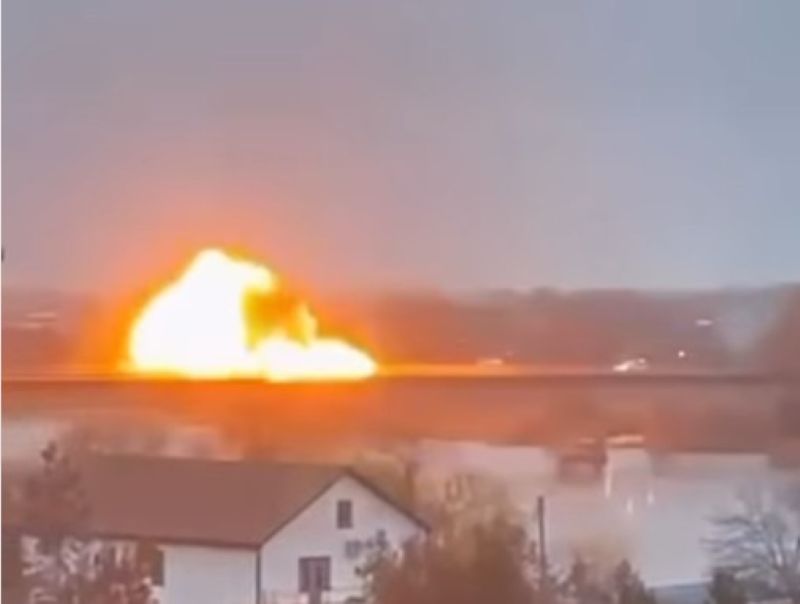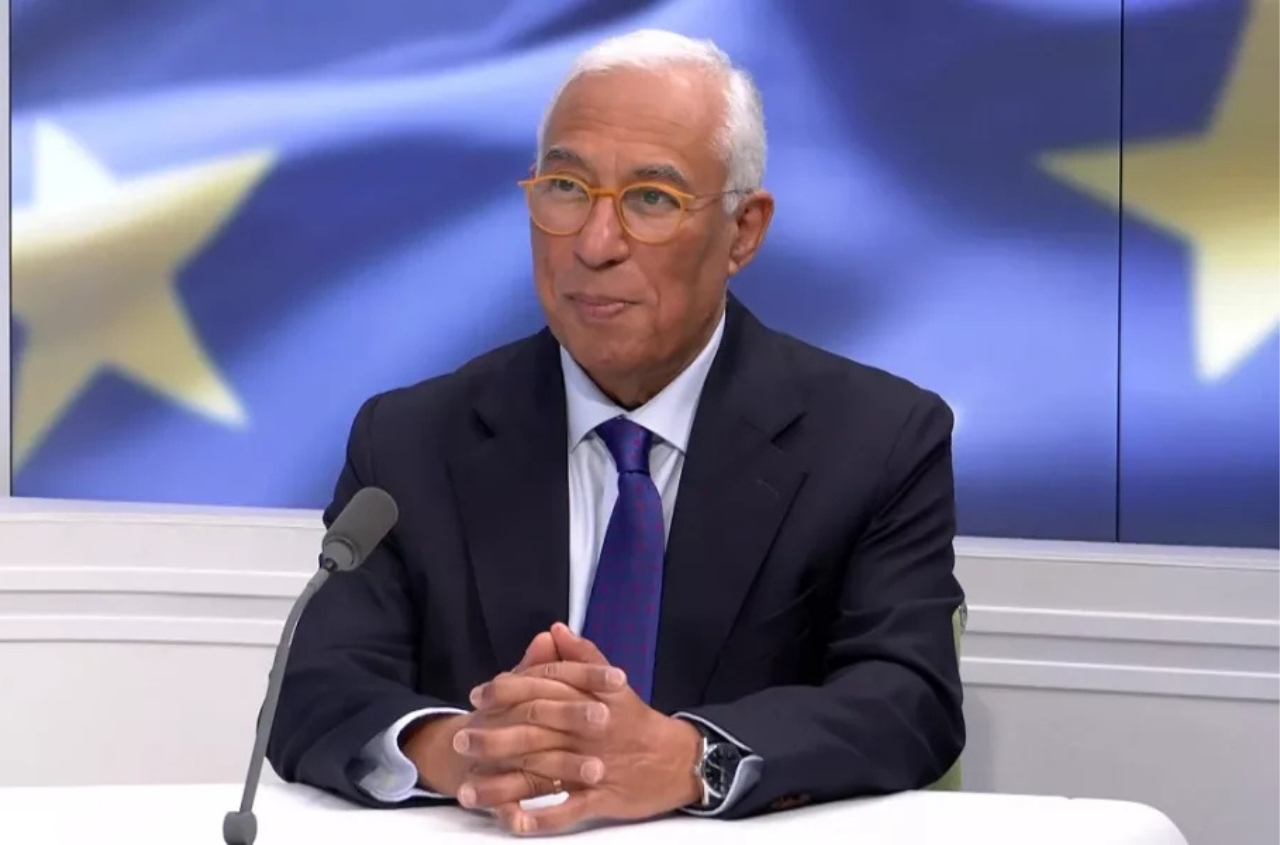The Russian government claims to have “full control” over the situation in the domestic fuel market. Russia’s Minister of Energy, Sergey Tsivilev, stated that meeting the needs of citizens and industry for fuel is an “absolute priority,” and that market stability is being maintained “manually.”
However, this so-called “manual stability” has already led to troubling consequences. In the temporarily occupied territories of Ukraine, including Crimea, Russian military personnel have been confiscating gasoline from civilians — at checkpoints, locals are being forced to surrender several liters of fuel. In the Luhansk region, the fuel crisis has resulted in the emergence of a “black market” for gasoline coupons: local utility services are reselling them at inflated prices, while public requests for housing and communal services remain unfulfilled.
The instability of Russia’s fuel market has also affected other countries. In Tajikistan, for instance, there is a severe shortage of gasoline, diesel fuel, and liquefied gas. Due to disruptions in supplies from Russia and broken logistics chains, fuel prices have soared to record levels, and gas stations are limiting sales. This is now impacting not only the transport sector but also the country’s economy as a whole. The Tajik government is therefore seeking alternative sources of supply to reduce its dependence on the Russian market and avoid further crises in the fuel sector.
Although official Moscow insists on “stability,” developments across the regions show the opposite — the “manual management” of Russia’s fuel market and the ongoing war against Ukraine are creating new economic problems both inside the country and beyond its borders.









